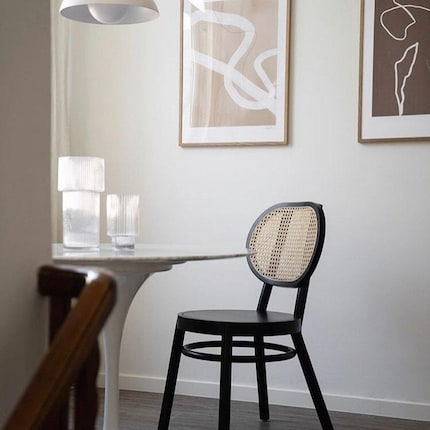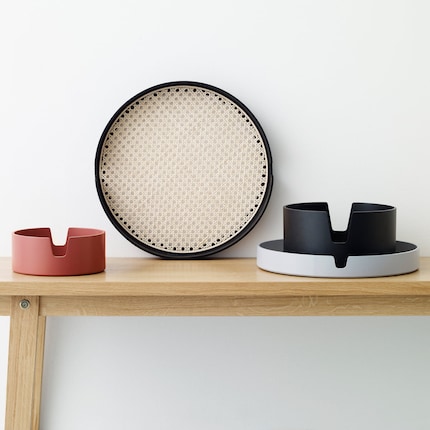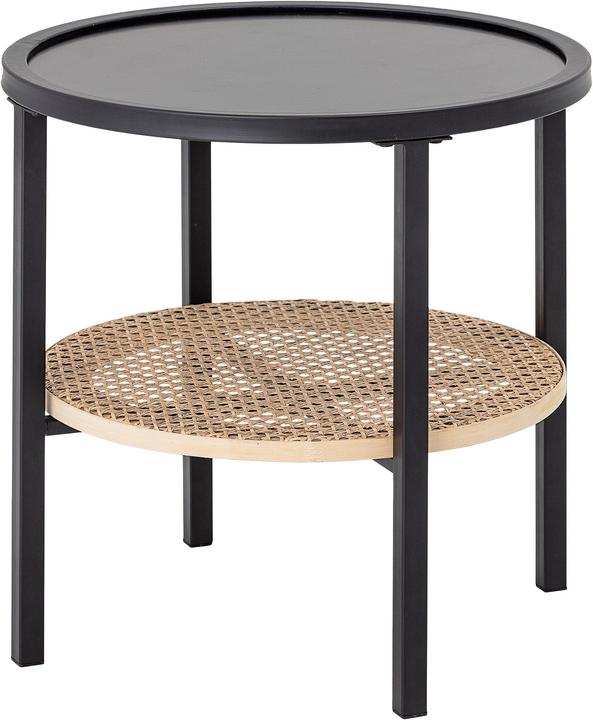

Rattan becomes routine
Rattan and cane are all the rage this season. This material impresses with its natural appearance and properties that are particularly useful in furniture design.
There are some things I don't question, like the expression "Vienna straw", which I discovered not long ago, a honeycomb weave used to make the iconic 19th-century Thonet chairs. They were so popular that they could be found in many Viennese cafés. Later, wickerwork was used in other furniture too. This craft, which had become fashionable in Austria, gave rise to the expression "Viennese straw", which, as I recently learned, is called something quite different by English speakers. Appearing much earlier, it is often likened to rattan despite a slight difference.
Cane - which can be worked in various ways, by removing the skin from the stipe that grows, like a vine, in thick, twisting strips - is finer than rattan, on the other hand, which is extracted from the heart. To stabilise it for furniture manufacture, it is fitted with a frame made of solid wood, steel or aluminium, a technique that gives it all the flexibility needed, for example, to make chair seats like those of the famous Thonet. Larger pieces of furniture, on the other hand, are made from rattan.

In contrast to rattan, cane, which is easier to maintain thanks to its smooth surface, becomes porous less quickly. This is why it is also combined with different materials and transformed into other weaving patterns. Rattan and cane furniture is cheaper and lighter than some plastics and woods, especially solid wood. As a result, they are easier to transport, and their aesthetic appeal can enhance the home. Apart from the round, regular openings, the wickerwork is neither painted nor treated, highlighting the structure of the rattan palm's skin. This makes the material inimitable, whatever you call it.

Imported from Asia, cane furniture appeared in the 17th century in Holland, England and France. Today, Scandinavian brands in particular seem to have taken a liking to wickerwork. In today's collections, the cane can be found not only in furniture, but also in accessories, such as trays.
Follow me so you don't miss out on any of the latest design trends!
Like a cheerleader, I love celebrating good design and bringing you closer to everything furniture- and interior design- related. I regularly curate simple yet sophisticated interior ideas, report on trends and interview creative minds about their work.
This is a subjective opinion of the editorial team. It doesn't necessarily reflect the position of the company.
Show all



